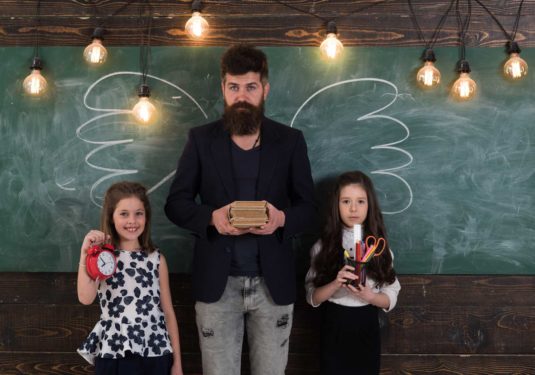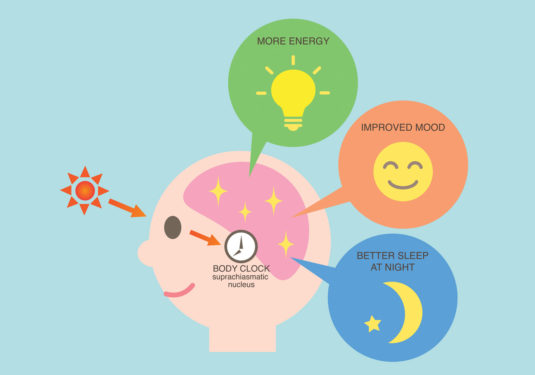How to Create a Learner-Friendly Classroom with Lighting
It’s well understood that perception influences attitude and in the classroom that means a need to focus on lighting to ensure the most learner-friendly environment.
By creating the ideal lighting conditions in the classroom, both pupils and teachers benefit in many ways – and the learning experience is more positive and productive.
The way light changes naturally over the course of a day generally provides the best conditions for maintaining our body’s internal clock – the internal mechanisms that govern activity and physical functions. Light also supports the sleep-wake cycle by reminding our body when day turns into night.
This effect on our circadian rhythms should not be under-estimated. Without optimum light, the body clock can be disrupted and sleep-waking phases become less distinct. In some cases, this disturbance of our internal rhythms can strongly affect a sense of wellbeing and even affect our health.


What time of day are we most effective?
Generally, people’s brains and bodies are most effective in the mornings and later afternoons with performance at its lowest phase around 3 a.m. during the deep sleep period.
In an educational setting, the subtle use of artificial lighting that replicates constantly changing natural daylight – for example, direction, intensity and colour temperature – is the near-perfect solution for optimised learning environments.
Research has indicated that this dynamic form of artificial light improves energy, mood and motivation. The use of well-planned lighting controls has been found to improve concentration and memory along with general wellbeing and more effective communication.


Classroom lighting research
Studies have shown that cool cold-white light with high levels of blue (460nm) that are similar to daylight prompts people to be more alert and active while warm-white light with less blue, is more relaxing and soothing. So, for any controls system to be fully effective in a school setting, it should provide active lighting that has both levels, dynamically changing throughout the learning day.
A combination of natural daylight and customised artificial lighting is one way to help students to learn more effectively. This also benefits teachers and other school staff.
As every teacher will know, many pupils are drowsy and unfocused when they start their school day and so that lesson is often less productive than later in the timetable.
Students that have their first lesson under daylight white light can find they are more alert, more receptive, retain more and can concentrate for longer.
This all helps them to start the learning day with a stronger sense of wellbeing and positive perceptions of their studies.
Dynamic lighting is a strong element in any productive and emotionally supportive learning environment. Pupils respond positively and identify more closely with settings where a combination of materials, colour and lighting are thoughtfully implemented.
The use of changing light throughout the day and in different settings helps to strike the right balance between stimulating learning and spaces where pupils can relax and rest, using warm colour temperatures and well-designed accent lighting.